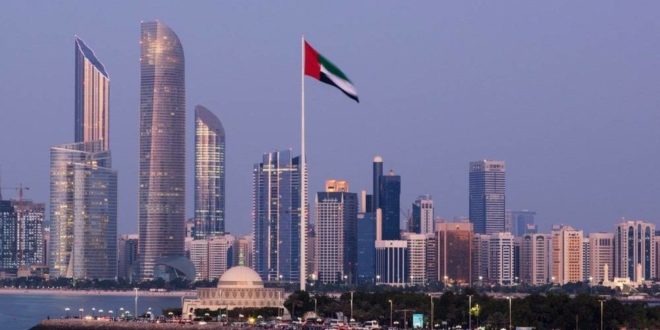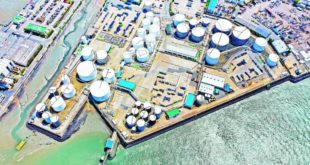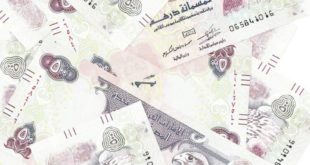Moody’s affirmed the long-term sovereign rating of the UAE in both domestic and foreign currencies at “Aa2” while giving it a stable outlook. The rating is based on Moody’s assessment that the level of debt of the federal government in the UAE will remain very low, supported by its continued commitment to the goals of setting a balanced budget, and that the institutional strength and policies established by the state contribute to promoting economic diversification away from dependence on oil.
The stable outlook also reflects the agency’s expectations that the government’s ongoing efforts across the country to boost non-oil sector revenues and attract foreign companies and talent may reduce the federal government’s indirect exposure to oil price cycles. The rating of the ceiling of local and foreign currencies in the UAE remained unchanged at the “Aaa” level, due to the Central Bank’s abundant foreign currency reserves.
Moody’s expects that the real GDP growth of the UAE will be 4% in 2023, compared to 7.6% in 2022 and 3.9% in 2021, driven by a modest contraction in oil production as agreed with the Organization of the Petroleum Exporting Countries (OPEC) and its partners. . However, the non-oil economy is likely to remain robust, growing by 6% in 2023.
Abu Dhabi economy
In a related context, Moody’s affirmed the long-term credit rating of the Emirate of Abu Dhabi at “Aa2”, while giving it a stable outlook. The agency said that the rating is supported by its expectations that the balance sheet of the Emirate of Abu Dhabi will remain very strong, and with a strong credit profile that provides it with a great ability to absorb financial shocks.
The stable outlook reflects Moody’s expectations that oil prices will remain supportive, and that the continuous improvement in its credit profile will make it able to withstand the drop in oil prices to some extent. The financial assets of the Abu Dhabi government are very large as a share of GDP, and are among the largest financial assets in the world. The agency expects that these assets will continue to grow due to the continued financial surpluses.
Based on Moody’s assumptions that the oil price will reach $85 per barrel in 2023 and $83 per barrel in 2024, Abu Dhabi is likely to achieve large fiscal surpluses averaging 7.3% of GDP over the two years, compared to a surplus of 10.3% in 2022.
Moody’s expects the government debt burden to fall to 15% of GDP by the end of 2024, down from 20% at the end of 2021 and compared to pre-pandemic levels of 12% at the end of 2019.
The UAE federal government targets balanced balance sheets and has consistently achieved or modestly exceeded these targets, during the oil price shock of 2015-2017 and during the height of the “Covid-19” pandemic.
economic diversification
Moody’s estimates that Abu Dhabi’s GDP will reach around 325% of GDP by the end of 2022. The strength of Abu Dhabi’s balance sheet also enhances confidence in the dirham’s peg to the dollar while keeping external risks very low.
At the same time, progress in economic diversification in the UAE is relatively large compared to its counterparts in the GCC countries, where the UAE is the main service hub in the region for transportation, logistics, business and financial services.
The strong growth in economic activity in the non-oil sector in the UAE will contribute to an increase in the collection of value-added tax, while the continuous influx of business and expats will increase the collection of service fees. The introduction of corporate income tax, as of June 1, 2023, will lead to an increase in government revenues from 2025.
On the positive side, the momentum in developing non-oil sectors can accelerate and enhance the UAE’s credit profile beyond Moody’s expectations, as a result of shifts in business practices and business strategies post-pandemic. In the current geopolitical climate of human capital and money flows into the country, this would reduce the country’s exposure to oil sector developments, beyond what the rating agency currently assumes.
The contribution of the oil sector to the UAE’s GDP is about 25%, which is less than its counterparts in the Gulf Cooperation Council countries, with the exception of Bahrain. The UAE’s economic competitiveness supports its development and diversification, supported by its relatively advanced physical and digital infrastructure, its logistical capabilities and links, and the availability of a full range of service companies that can support business in light of the legal and judicial systems that enhance confidence.
 Media ININ Economy We Trust
Media ININ Economy We Trust








